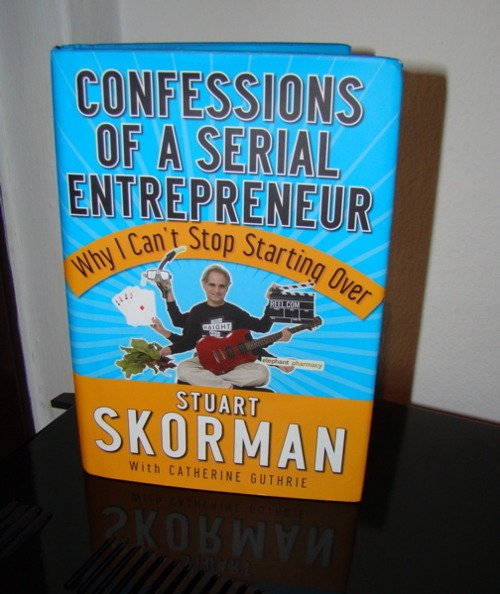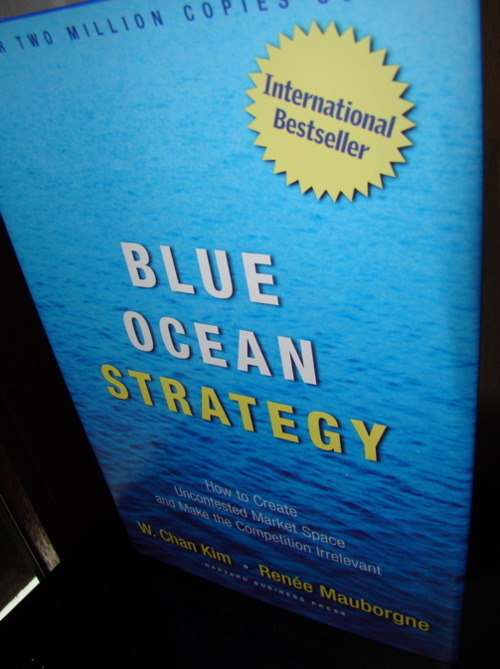
(picture by qisur)
I just read about a story related to threewords.me. Mark Bao (creator of threewords.me) built his first prototype in about two days and released it. This led to an hype on facebook and shortly he got millions of visitors.
And there is the story of Brandon Watson. About one and a half years ago he wrote about a new app he wanted to build:
The app [my3words] will have user accounts, which you will need in order to leave feedback and view your own feedback. People can enter 3 words about another person, for whom they must have their email.
Today Brandon Watson wrote on hn:
2 years. I even registered the domain my3words.com.
What did I do with it? Not much. I have no idea if Mark saw my post or not. I kind of hope he did, so that I can feel a little better about not executing. That maybe I inspired him.
However, that doesn’t change the bottom line. He executed. Worth-ful. I had the idea, but didn’t execute. Worthless.
Hats off to Mark.


